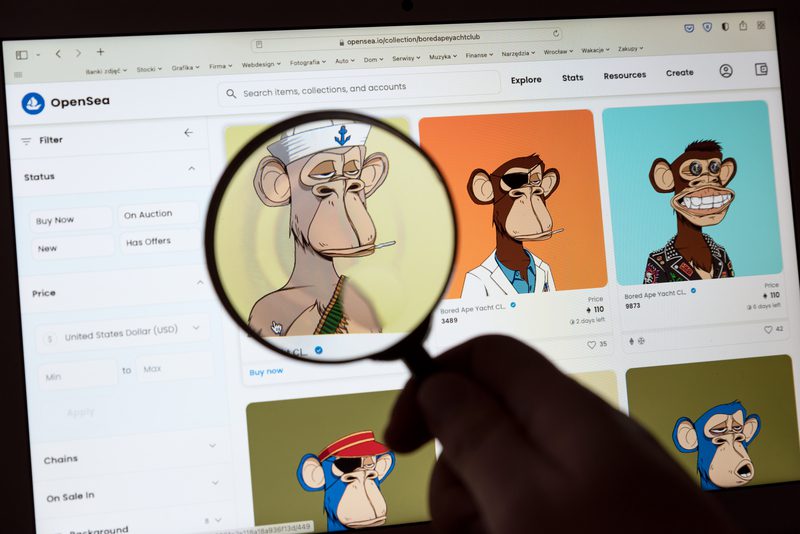It seems that there is a trend that has not stopped increasing and getting bigger and bigger and that is the rise of NFTs. However, will these become part of the mainstream and be shaping our everyday lives?
Early adopters
Day by day it seems that we are being pulled towards a digital world, with many countries adopting bitcoin, big brands trying their hand in NFTs and many more different adaptations. It is hard not to think that this will not be the norm sooner rather than later.
A 133-page report by Chainalysis analyses data from 2021 and shows the heaviest users of cryptocurrencies around the world. Statista created a map of those countries which you can see here. Statista commented: “Among developed countries, cryptocurrency use was most widespread in English-speaking countries – first and foremost the United States, but also the UK, Canada, South Africa and Australia. Emerging economies India, China and Brazil also registered as heavy users.”
However, at this time, there are many arguments for both and against NFTs, mainly because it is a new technology that people have just started to understand. There will be arguments for and against NFTs till there is a collective understanding of NFTs. And what exactly you can do with them etc.
Have many jumped on the bandwagon?
Regardless of your standpoint on NFTs, there is no doubting that there is an unreached potential yet, big brands and influencers have hopped on the bandwagon and started creating some popular and pricey NFTs, Nike, Hermes even meme stars such as Hasbullah have created their own popular NFTs.
If we go back to very basic product sales principles, the exclusivity and limited amount of a product increase the sales and value of it.
Now that NFTs cover the fashion, music, gaming and art industries and a lot of famous people think that this is the future, however, some do believe that it is nothing that has turned into something from an overnight hype.
Is it a paradox?
“The problem with NFTs is that the only thing that’s rare is the NFT itself,” Professor McCormack, a computer science professor at Australia’s Monash University said. “And in some cases, because the technology is still developing, the actual thing that you’ve bought is not contained within the NFT. There’s just a pointer to a webpage. So if that web server goes down or the image gets deleted or disappears, you have nothing. – You still own the NFT, but it’s useless.”
Professor McCormack goes even a step further discussing the environmental costs of NFTs and the trading of them. He believes that everyone involved in this industry should “step away” from the marketplace. And he adds that the trading of NFTs is “using up energy that could be used for other purposes”.
When it’s broken down like this, of course, it is a very unstable investment, especially when you consider cryptocurrencies if the market decided that BTC, ETH or a Bored Ape NFT is worthless then the hype train has stopped its journey. A lot of financial experts believe this NFT trend is somewhat fuelled by celebrities.
But no matter which way you look at it, this is just the beginning and countless technologies were labelled as too unrealistic or will not hit the mainstream, this is important to note as we are entering an age where seems everything is possible.
SEE ALSO: Why “love will make you do crazy things” Should Never be an Excuse


